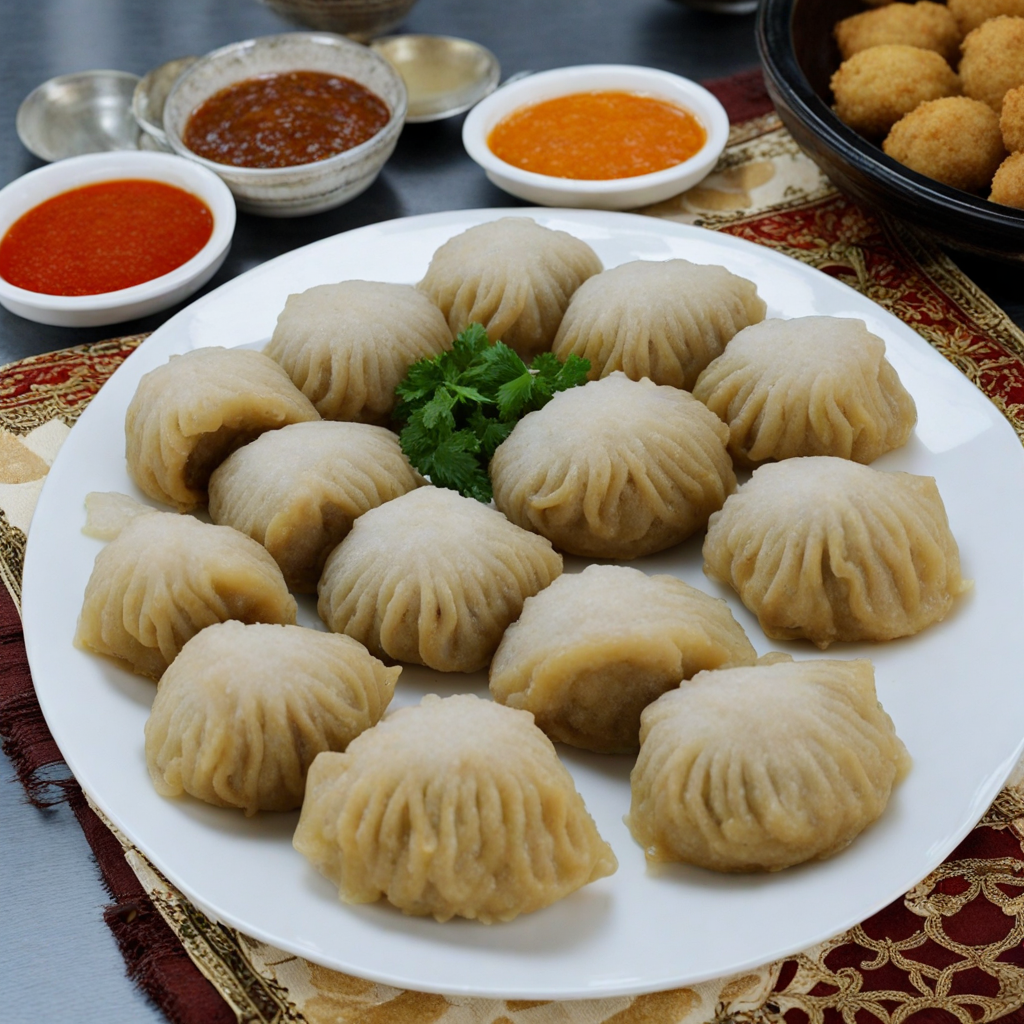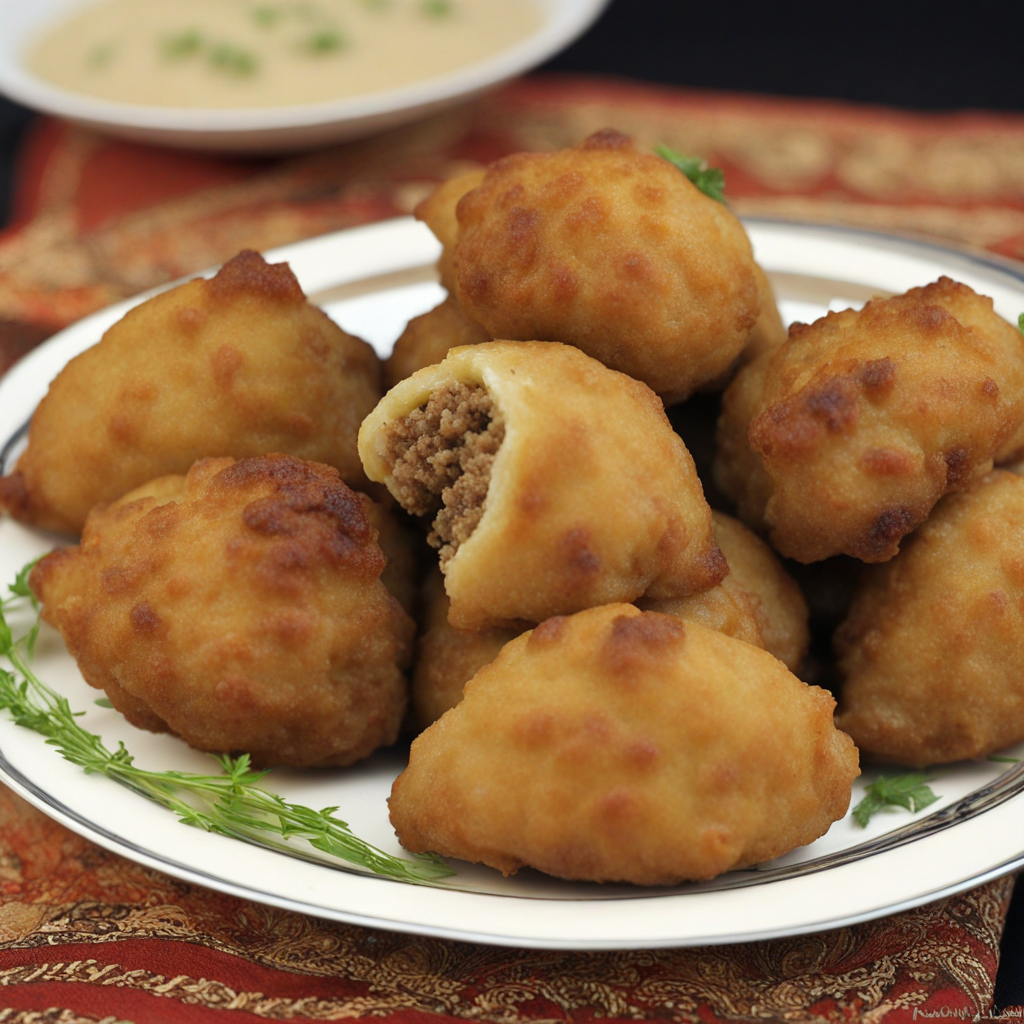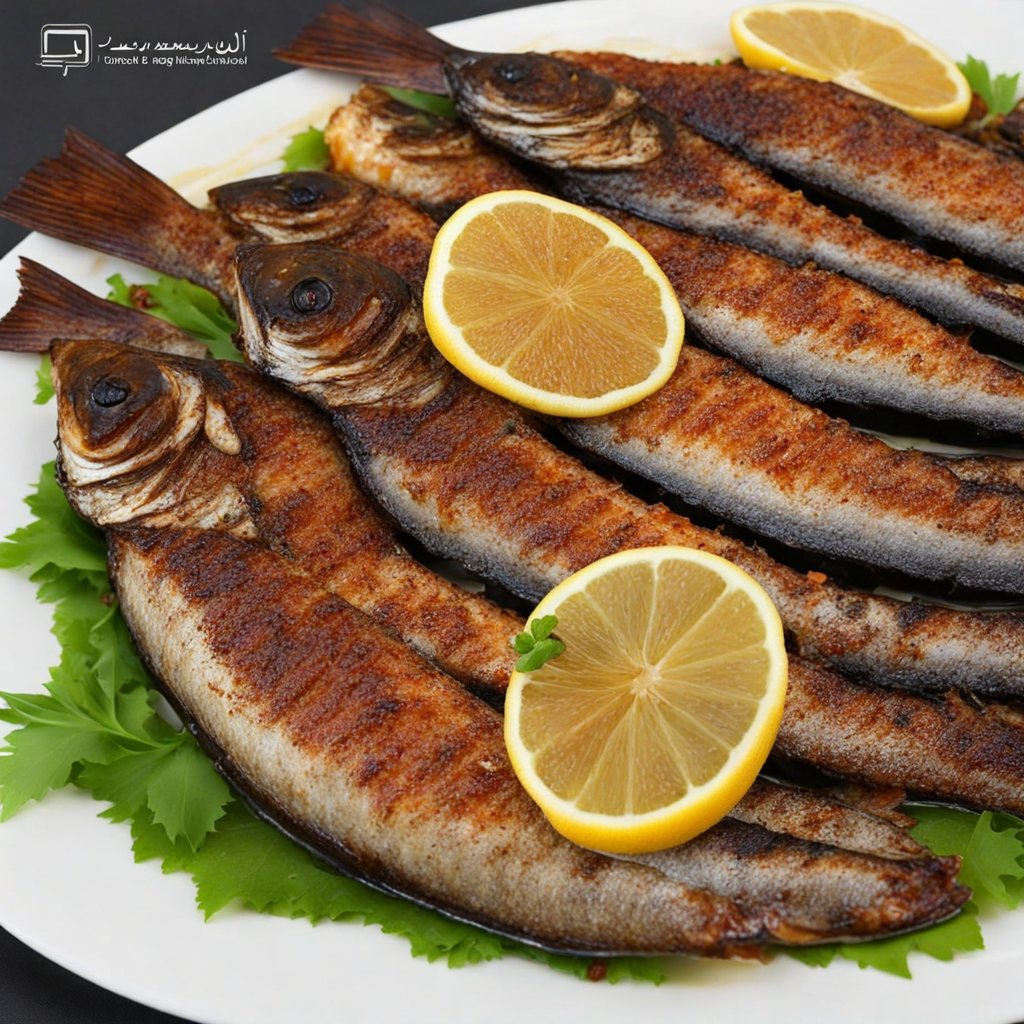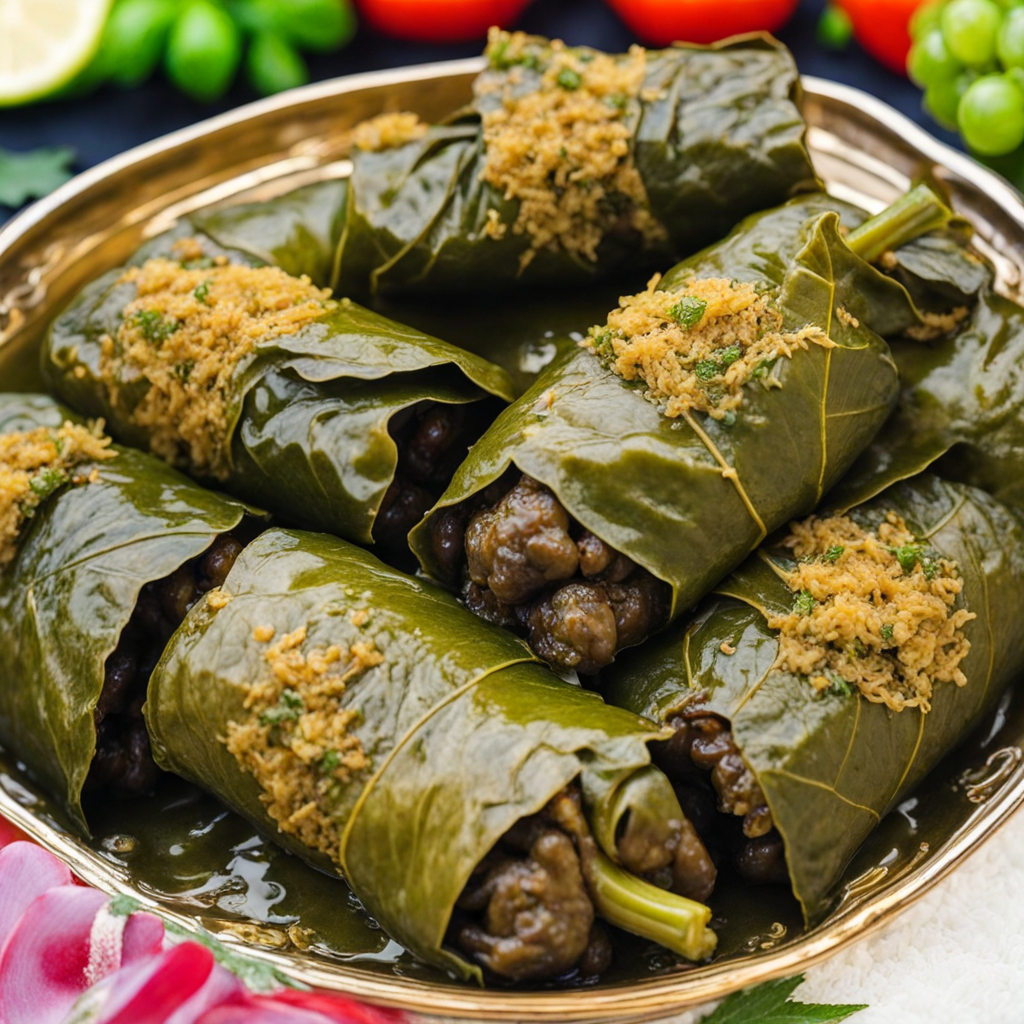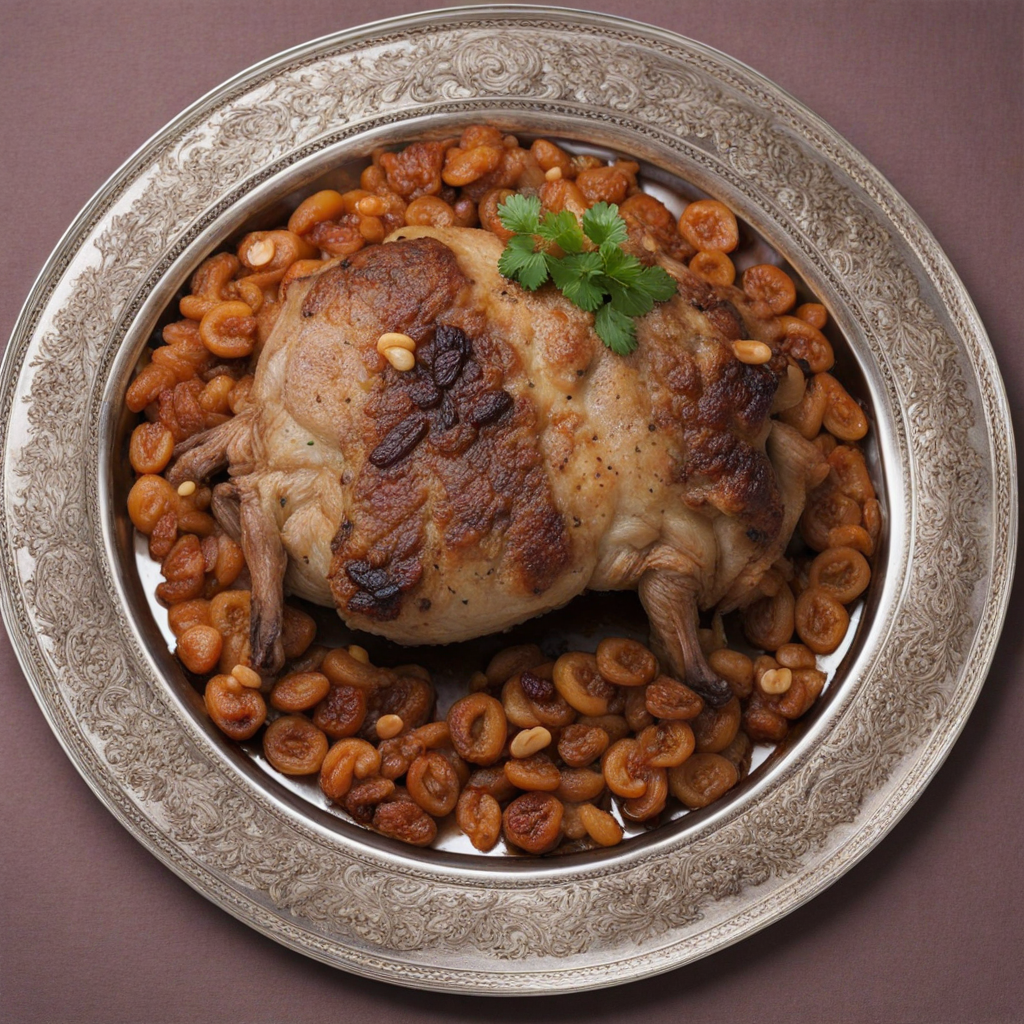Kubba Mosul
كبة الموصل, or Mosul kibbeh, is a renowned dish originating from the northern Iraqi city of Mosul, known for its rich culinary heritage. This dish is a staple in Iraqi cuisine and holds a significant place in the hearts of many, often evoking memories of family gatherings and celebrations. Its history is deeply intertwined with the diverse influences that have shaped the region, including Arab, Turkish, and Persian culinary traditions. Over time, كبة الموصل has evolved into a unique representation of local flavors and techniques, making it a cherished delicacy in Iraqi households. At its core, كبة الموصل is a type of kibbeh, which is a dish made from bulgur wheat, minced onions, and finely ground meat, typically lamb or beef. What sets Mosul kibbeh apart is its distinctive preparation method and flavor profile. It is characterized by a crispy outer shell and a savory filling, often infused with a blend of spices that reflects the region's culinary diversity. The dish is usually seasoned with ingredients such as cinnamon, allspice, and nutmeg, which lend a warm, aromatic quality to the flavor. The preparation of كبة الموصل is a labor-intensive process that showcases the skill and dedication of the cook. The first step involves soaking bulgur wheat in water until it softens, after which it is drained and mixed with ground meat and spices to form a dough-like consistency. This mixture is then shaped into rounds or oval patties. The filling, typically made
How It Became This Dish
Origin of كبة الموصل كبة الموصل, or Mosul kebab, is a beloved dish that hails from the historic city of Mosul in northern Iraq. The origins of كبة can be traced back to ancient Mesopotamia, where wheat and barley were staple crops, and meat was an essential source of protein. Over centuries, various cultures, including the Assyrians, Babylonians, and later the Arabs, contributed to the development of local cuisine, which emphasized the use of fresh ingredients, herbs, and spices. The core ingredient in كبة الموصل is bulgur wheat, which is finely ground and mixed with minced meat, usually lamb or beef, along with spices and sometimes nuts. This combination forms a dough-like consistency that is shaped into various forms, such as balls or patties. The dish is often filled with a mixture of spiced meat, onions, and pine nuts, showcasing the rich agricultural bounty of the region. The traditional methods of preparation have been passed down through generations, making كبة a symbol of familial heritage and cultural pride. Cultural Significance كبة الموصل holds significant cultural importance in Iraqi society, particularly among the people of Mosul. It is not just a dish but a representation of community and tradition. Families often gather to prepare كبة together, making it a communal activity that strengthens familial bonds. The preparation process can be labor-intensive, requiring skill and teamwork, which further enhances its status as a dish of celebration. Moreover, كبة has become a staple during festive occasions, weddings, and religious celebrations. It is often served alongside rice, salads, and yogurt, making it a versatile addition to any meal. The dish also symbolizes hospitality, as offering كبة to guests is considered a gesture of warmth and welcome. Its presence in local markets and restaurants showcases its popularity and enduring relevance in contemporary Iraqi cuisine. Development Over Time As the culinary landscape of Iraq evolved, so did كبة الموصل. The dish began to attract attention beyond its regional roots, gaining popularity throughout Iraq and even in neighboring countries. Variations of كبة emerged, reflecting local tastes and ingredients. For instance, in Baghdad, you might find كبة served with a tangy sauce, while in Kurdish regions, the use of different spices and herbs gives it a distinct flavor profile. With the advent of globalization and migration, كبة has transcended borders. Iraqi diaspora communities have introduced كبة to international audiences, adapting recipes while maintaining traditional elements. This exposure has led to the fusion of flavors, with contemporary chefs experimenting with innovative fillings and cooking methods, such as baking or frying, to create modern takes on the classic dish. Regional Variations Within Iraq, several regional variations of كبة exist, each with unique characteristics that reflect local traditions and ingredients. For example, in the southern regions, كبة may be prepared with a thicker bulgur shell and filled with a spicier meat mixture, while in the north, it might be accompanied by a rich tomato sauce. The diversity of كبة recipes across Iraq highlights the country's rich culinary heritage and the adaptability of traditional dishes. In addition to regional differences, the method of preparation also varies. While traditional كبة is often shaped by hand, some cooks use molds to create uniform shapes. The cooking methods have expanded as well; in addition to the classic boiling, كبة can now be grilled or fried, offering diners different textures and flavors. This adaptability has allowed كبة to remain relevant in a rapidly changing culinary world. Global Influence and Modern Adaptations The global influence on كبة is evident as it continues to evolve in various culinary scenes around the world. In countries with significant Iraqi populations, such as Sweden, the United States, and the United Kingdom, كبة is embraced as comfort food and is often featured in restaurants and food festivals. In these settings, chefs may incorporate local ingredients and techniques, creating a unique fusion that still pays homage to its roots. Modern adaptations of كبة also reflect dietary trends, such as vegetarian and vegan alternatives. Innovative cooks have begun to experiment with plant-based fillings, using lentils, chickpeas, and vegetables to create versions of كبة that cater to a broader audience. These changes illustrate the dish's flexibility and its ability to resonate with contemporary dietary preferences while maintaining its cultural significance. Preservation of Tradition Despite the changes and adaptations, the preservation of traditional methods is vital for ensuring that كبة remains a link to the past. Many families continue to pass down recipes and techniques, emphasizing the importance of maintaining cultural identity in a rapidly globalizing world. Culinary schools and cultural organizations in Iraq and among the diaspora are also working to document and teach traditional cooking methods, ensuring that future generations appreciate the rich history and significance of كبة. Food festivals and cultural events often feature كبة as a centerpiece, celebrating its role in Iraqi heritage. These events not only serve as opportunities for culinary enjoyment but also as platforms for education and cultural exchange. Through these gatherings, participants can share stories, recipes, and the significance of كبة in their lives, fostering a sense of community and continuity. Conclusion In conclusion, كبة الموصل is more than just a dish; it is a reflection of the rich history, culture, and traditions of the people of Mosul and Iraq as a whole. From its ancient roots to its modern adaptations, كبة continues to evolve while remaining a cherished symbol of community, hospitality, and culinary heritage. As it finds its way into homes and restaurants around the world, كبة serves as a delicious reminder of the interconnectedness of food and culture, bridging the past with the present.
You may like
Discover local flavors from Iraq


